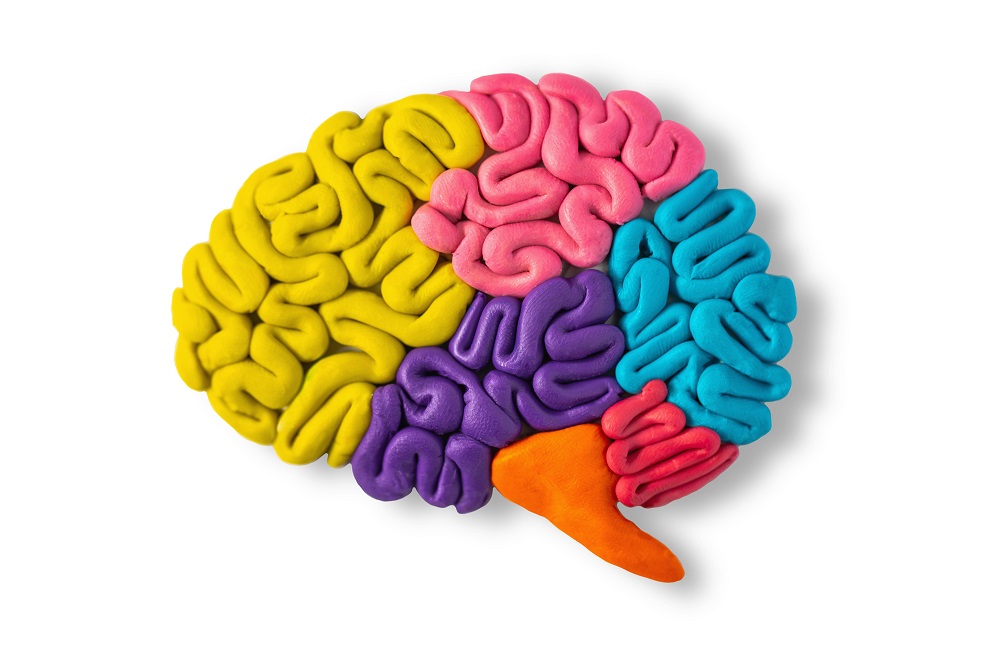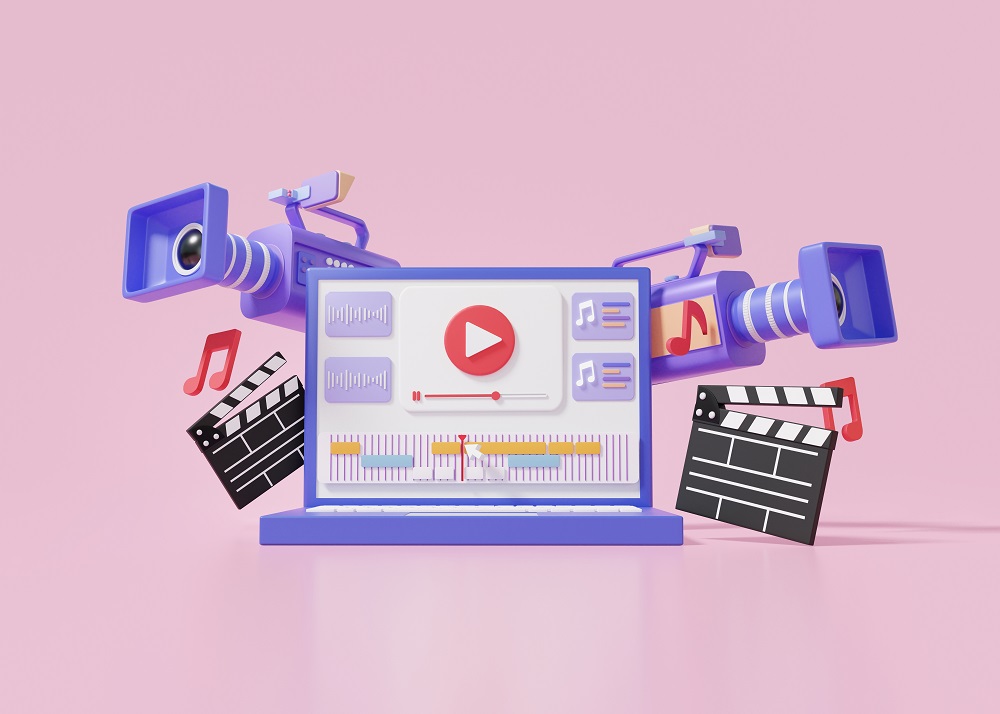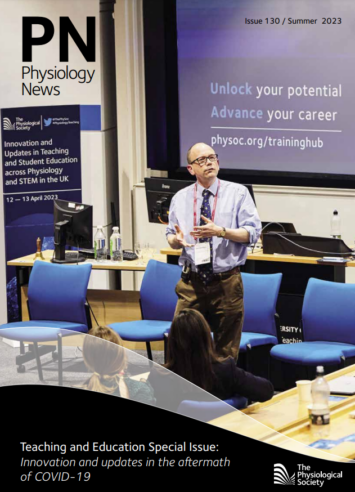
Physiology News Magazine
Outreach video assessment for neuroanatomy students
News and Views
Outreach video assessment for neuroanatomy students
News and Views
https://doi.org/10.36866/pn.130.14
Dr Marta Wołoszynowska-Fraser
Keele University, UK
Neuroanatomy for some can be a complex subject that requires a deep understanding of the human brain and its functions. One way to help students grasp this material is using a variety of resources, such as videos and group activities, to demonstrate key concepts in an engaging and accessible manner (Vujovic, 2016). Videos and animations can help students to better understand complex processes, and breaking down complex concepts into smaller, more manageable parts can provide a visual representation of these processes.
Group work can promote engagement and understanding in students, leading to improved performance in various fields (Freeman et al., 2014). It can also provide opportunities for students to engage in meaningful discussions and deliberations. That is why students have been tasked to work in groups to produce neuroanatomy-related outreach videos or animations, with a hope that this exercise will help to make neuroanatomy more accessible to them.

Second-year neuroscience students were randomly allocated into groups of 6-10 people. They were tasked with creating an outreach video or animation that was aimed at patients and carers. Students had some freedom in choosing a topic, but they were told that it needs to be about pathology linked with neuroanatomy. Groups were advised they can use any form of video/animation; however, a narrated PowerPoint was not accepted. Since creativity has been found to promote problem solving, increase self-expression and versatility (Runco, 2004), students were encouraged to think outside of the box, be creative, and bold.
This assessment was worth 30% of the module grade and was marked based on student engagement with the project as well as the group (25%), verbal skills and accessibility of video/animation (10%), visual aids (10%) and content (55%). A comprehensive marking rubric was created based on Peeters et al. (2010). This allowed marking time to be significantly decreased and provided broad and extensive feedback to students. As this was the first group project that these students undertook while at the university, they had an opportunity to get to know each other as well. In the feedback form students have mentioned that they found this assessment stimulating and that it helped them to develop an ability to work as a team member. Students have shown not only a depth of knowledge but also were able to present it in a digestible and creative way.

In conclusion, the use of outreach videos and/or animations for an assessment can be an effective way to help neuroanatomy students to better understand complex concepts and engage with the subject matter. By using high-quality resources and incorporating these tools into teaching and learning, we as educators can improve learning outcomes and help students to achieve their full potential.
References
Freeman S et al. (2014). Active learning increases student performance in science, engineering, and mathematics. Proceedings of the National Academy of Sciences 111, 8410–8415. https://doi.org/10.1073/pnas.1319030111
Peeters MJ et al. (2010). A standardized rubric to evaluate student presentations. American Journal of Pharmaceutical Education 74, 171. https://doi.org/10.5688/aj7409171
Runco MA (2004). Creativity. Annual Reviews of Psychology 55, 657–687. https://doi.org/10.1146/annurev.psych.55.090902.141502
Vujovic P (2016). Improving teaching skills: from interactive classroom to applicable knowledge.
Advances in Physiology Education 40, 1–4. https://doi.org/10.1152/advan.00139.2015
